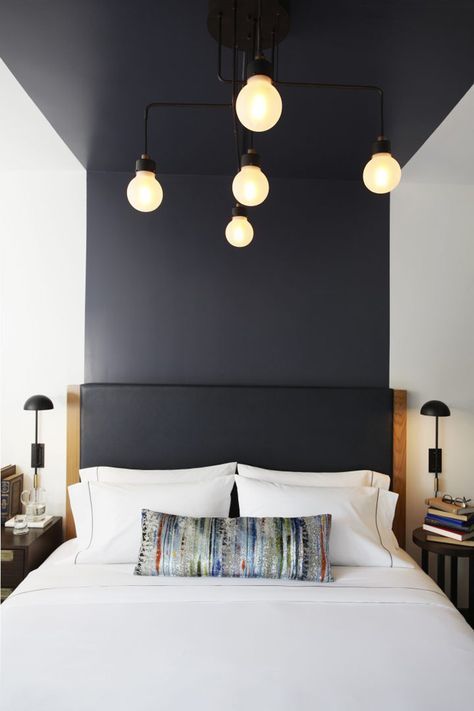
#PSYCHOPY BLOCK DESIGN TRIAL#
For example, the parameter stim will determine which letters are presented on the screen, the parameter corrAns will determine what counts as a correct answer and the parameter congruency will determine if the trial is considered congruent, neutral or incongruent. Parameters represent information about the conditions. In our flanker input file, we have three different parameters: stim, corrAns and congruency. The columns are what PsychoPy calls parameters. PsychoPy refers to these rows as conditions 26. The other rows define all stimuli that you would like to present in your experiment (plus information associated with these stimuli such as correct responses). Keep in mind that PsychoPy is case-sensitive: stim and Stim are two different things, as are corrAns and corrans.Use only letters, numbers, and underscores.Please note that the naming conventions for routines and components mentioned in Section 11.3 also apply to the header row of your input file: This spreadsheet has seven rows and three columns: Please open the input file for the letter flanker task from the previous lab (called letter_flanker_input.xlsx and located in the same folder as the. An input file will typically be an Excel file. How does PsychoPy know what to change from one trial to the next? We use input files (also referred to as condition files) for this purpose.

#PSYCHOPY BLOCK DESIGN HOW TO#

12.4 Building a Stroop task from scratch.

11.5.2 Compiling, running and quitting an experiment.10.2 Opening, running and saving experiments.10.1.1 Alternatives to installing PsychoPy on your own computer.5.3 Conceptual and operational definitions.5.1 Research producers and research consumers.4.1 Beth Morling’s research methods book.2.7 Disability support and accessibility.2.6 Research participation scheme (RPS).
#PSYCHOPY BLOCK DESIGN SOFTWARE#
I'm told it's possible to build a USB signal into PsychoPy ( ), but I haven't found anyone who can do it yet.Ĭan anybody recommend a different piece of experimental software which would be able to send a signal to the NI USB-6218 while also presenting visual and auditory stimuli for a psychology experiment (with randomisation and accurate timing etc)? Or can you suggest anybody who would be able to write the PsychoPy USB extension?Īny help/advice/info would be much appreciated, I'm really stuck. I haven't found any experimental software which is capable of sending signals to an external device via USB (only parallel port). I want to be able to programme an experiment which at certain points will send a trigger to the NI box, which in turn will trigger a Digitimer DS5 (. I have an NI USB-6218 BNC which I'm trying to integrate into some experiment software for psychology studies.


 0 kommentar(er)
0 kommentar(er)
